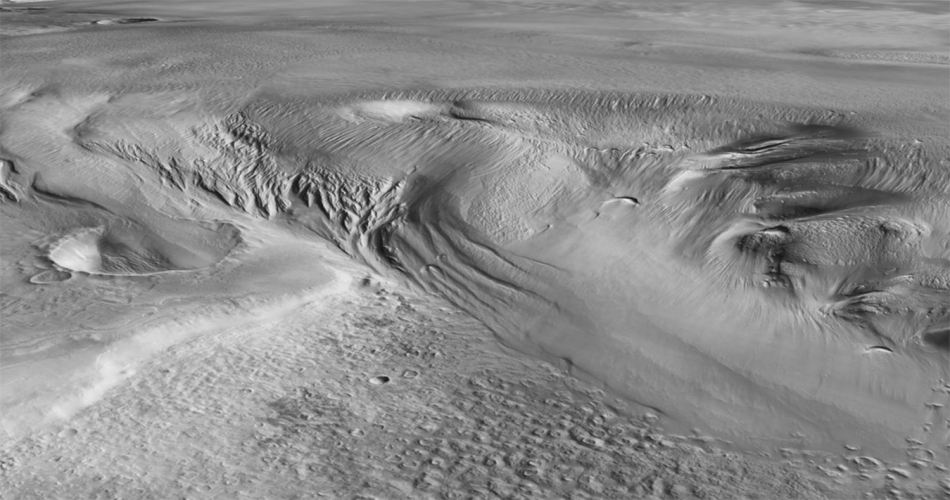Huge Water Ice Deposits At Mars Equator Has Discovered By ESA Orbiter
Excitingly, the radar signals match what we expect to see from layered ice and are similar to the signals we see from Mars' polar caps, which we know to be very ice rich, said lead researcher Thomas Watters of the Smithsonian Institution in the United States in an ESA statement. The deposits are thick, extended 3.7km (2.3) miles underground, and topped by a crust of hardened ash and dry dust hundreds of meters thick. The ice is not a pure block but is heavily contaminated by dust. While its presence near the equator is a location more easily accessible to future crewed missions, being buried so deep means that accessing the water-ice would be difficult.





